Engine
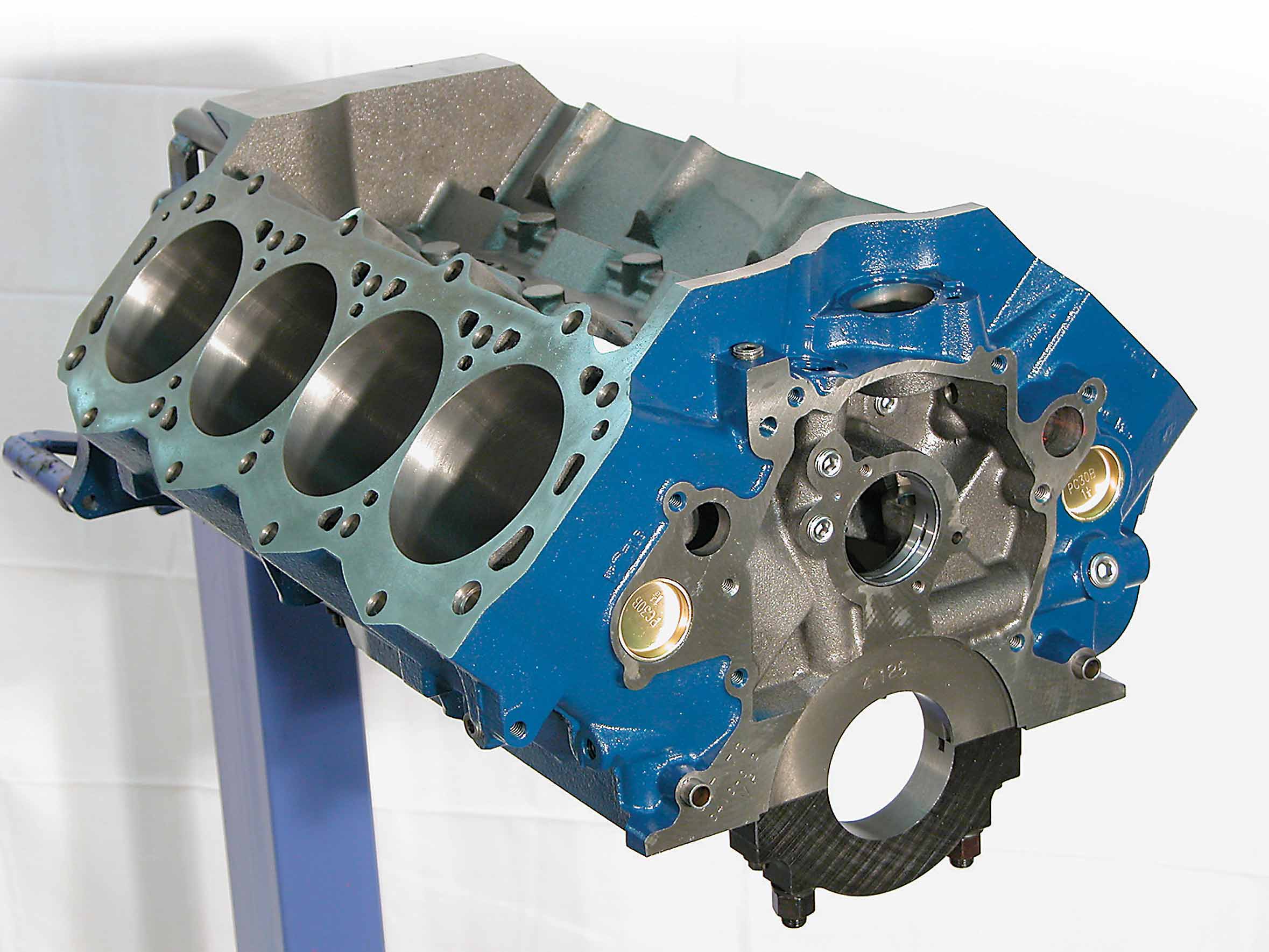
Ford engines are hot, and everyone—even non-Ford guys—are talking about it. The small-block Ford is an awesome package that is made even more awesome by Ford Racing and aftermarket parts. It has continually gained popularity as a high-performance buildup, as a Ford In A Ford engine transplant and as a replacement performance engine for vehicles that were optioned as such but were less equipped when new. With all of this activity surrounding the small-block Ford engine, it is safe to say that it is quickly becoming the small block of choice.
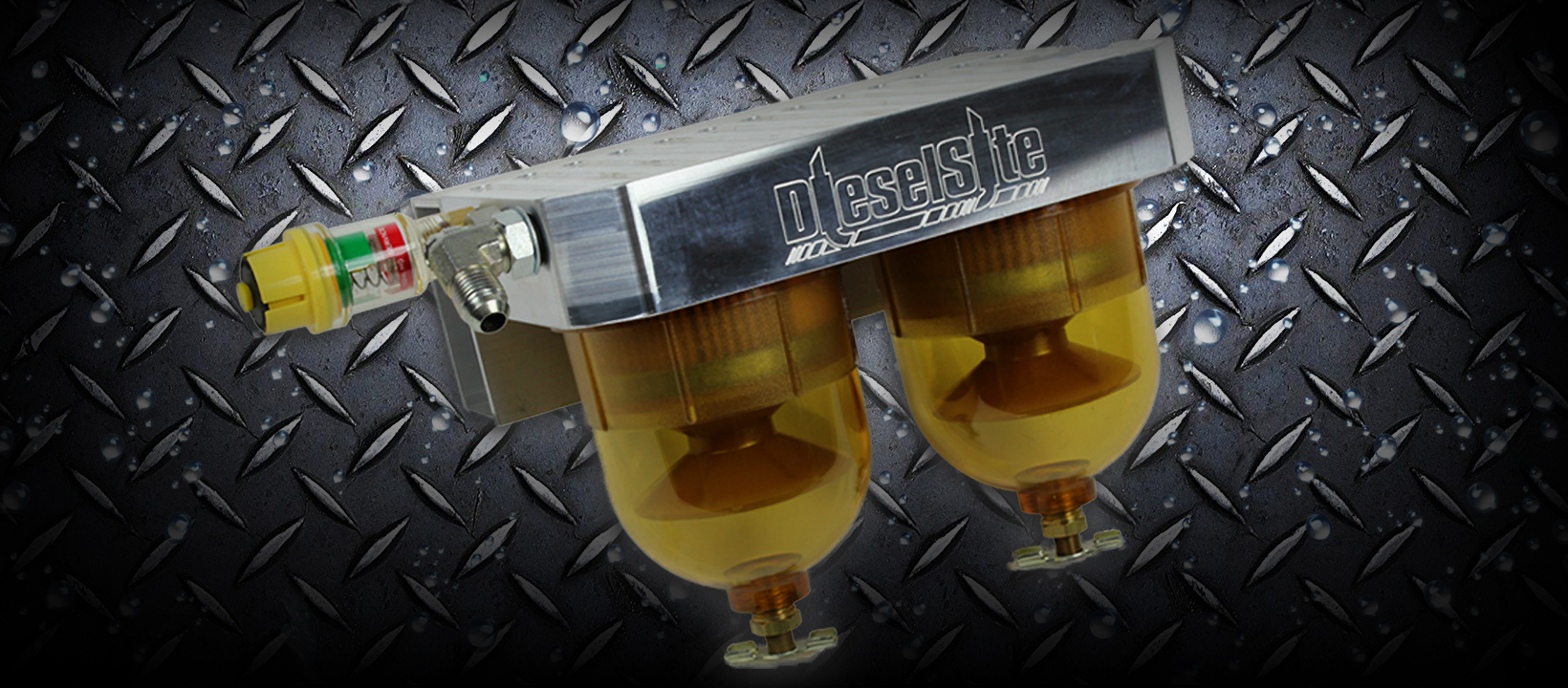
The Ford 6.7L engine was outfitted with a completely new type of common rail system from the lift pump, high pressure fuel pump, injectors and fuel filters. What we have discovered (and so have many others at their expense) is that the fuel system components are very sensitive to water and debris, much more so than previous fuel system designs. The Dieselsite 2011-2016 Ford 6.7l Fuel Filter/Water Separator protects your fuel system from being damaged by water and debris.
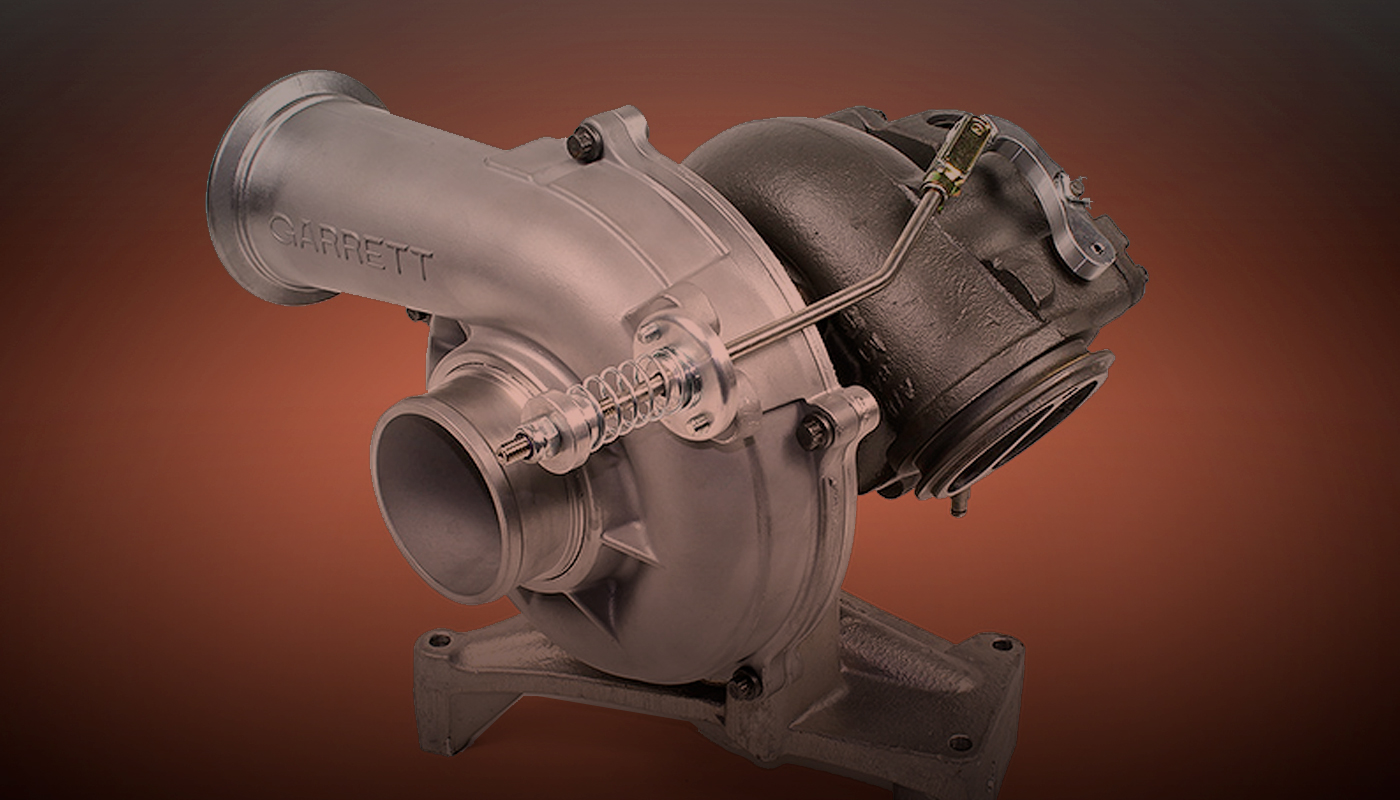
More is always better, until it’s too much. The wastegate is responsible for keeping the turbo from continuously building boost until it pops. By allowing exhaust gas, the driving force of the turbocharger, to bypass the expeller (turbine), it will stop the impeller from sucking in air, creating boost.
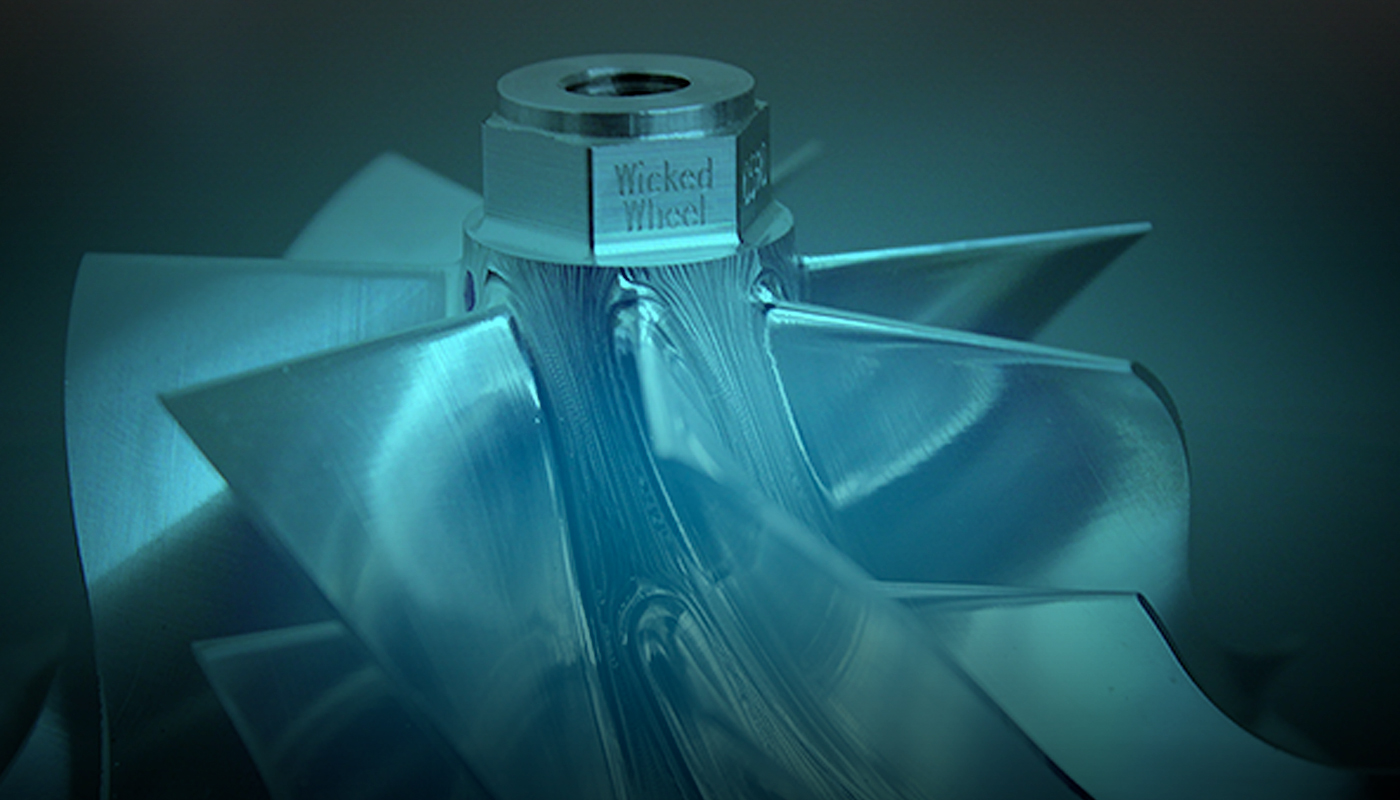
All of Dieselsite’s Wicked Wheels® are designed to fit in the existing compressor housings with no modifications needed. You will experience extreme increased performance and boost, superior surge elimination over the original cast wheels, reduced EGTs across the board, faster spooling and more!
The Adrenaline has been on the market for over 15 years and is tried and true by the 7.3L community. Our units are upgraded with custom internals and design changes to get the most out of a single housing pump while improving reliability over the stock unit.

This is a heavy-duty, bolt-on replacement HPOP that benefits all setups – even stock trucks with stock programming will see and feel a difference. You will experience more pulling power, better fuel economy, horsepower increase (increase changes based on injector size), and quicker startups.
The Adrenaline has been on the market for over 15 years and is tried and true by the 7.3L community. Our units are upgraded with custom internals and design changes to get the most out of a single housing pump while improving reliability over the stock unit.
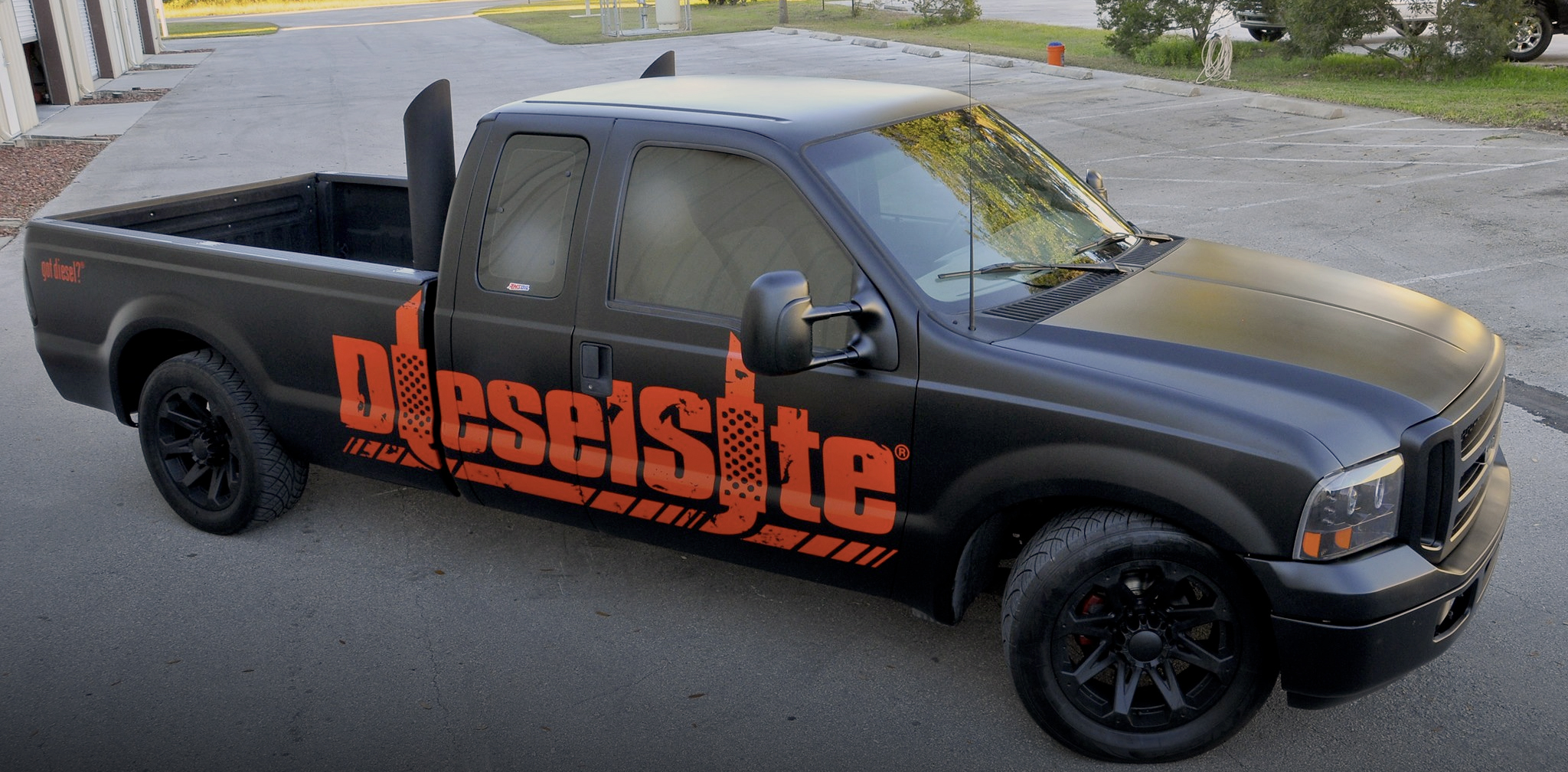
Built with a custom Wicked Wheel® 2 performance billet compressor wheel and a Turbo-Master™ mechanical wastegate controller, this upgraded turbocharger guarantees enhanced power and responsiveness. The center section boasts a journal bearing support system with a 360° thrust washer, enabling it to handle higher boost levels. Additionally, the turbocharger is fully rebuildable, ensuring longevity and allowing for future maintenance and upgrades.
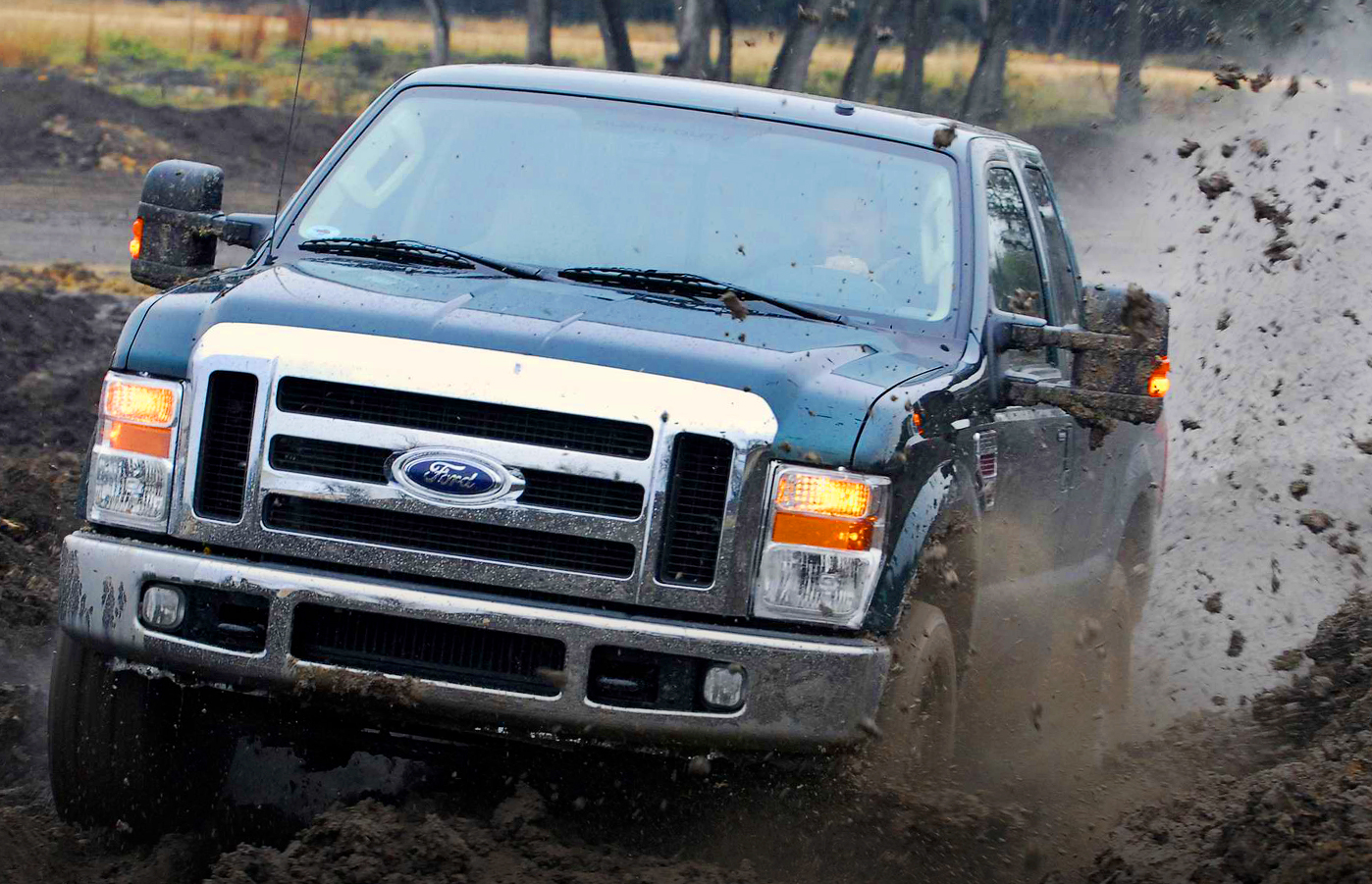
The original equipment (OE) Ford water pump utilized a plastic impeller that was prone to cracking and breaking off the hub, leading to costly repairs. In response to this common problem, DieselSite has developed a lightweight yet sturdy alternative. Crafted from a billet aluminum alloy, the new water pump ensures exceptional durability, providing peace of mind and protection against impeller failure.
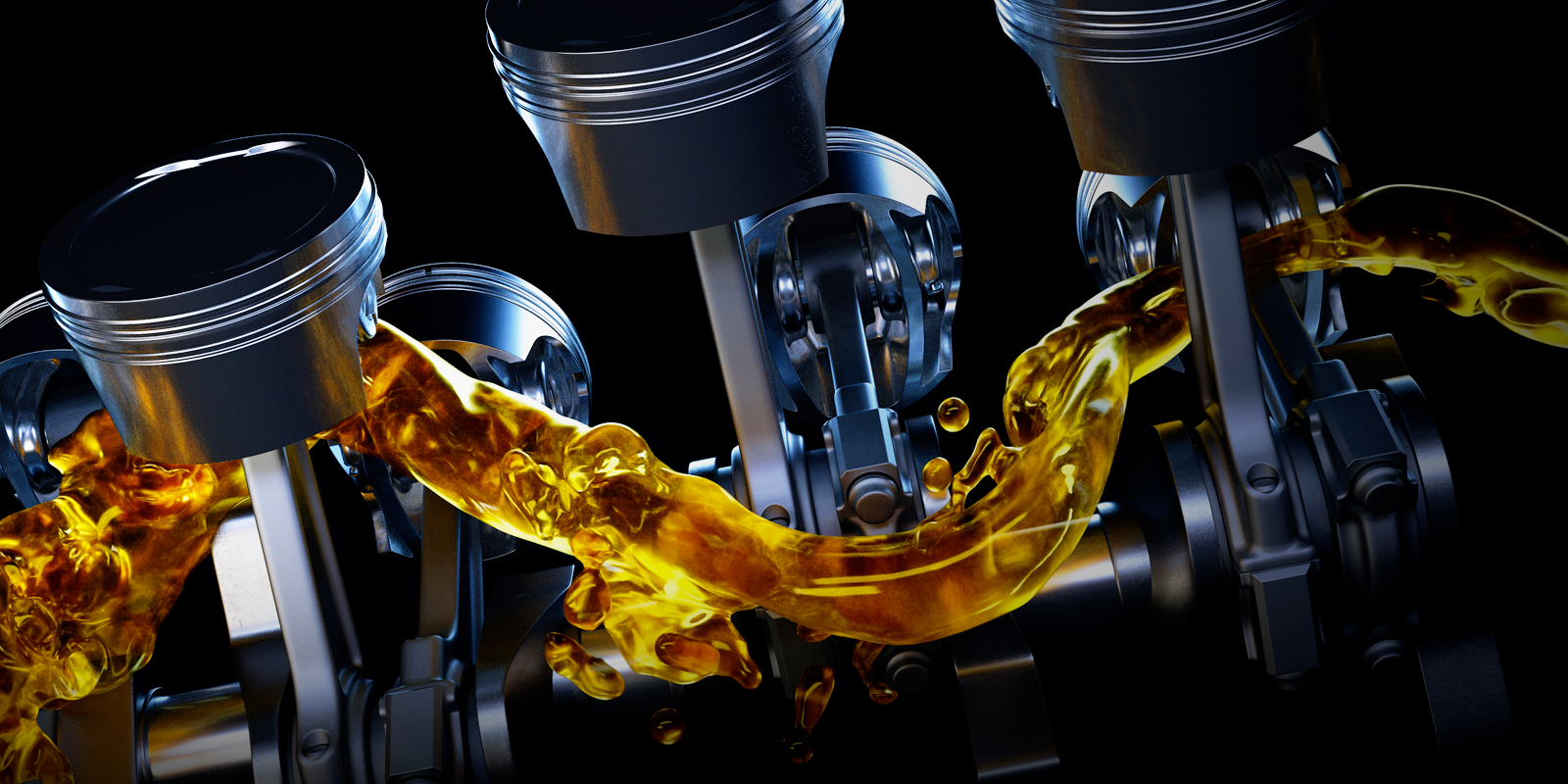
Driven Racing Oil developed the original high zinc, petroleum and low detergent break-in oil over twenty years ago. Break in oil is a specialty oil that reduces wear and contaminates when breaking in a new high-performance engine. It provides controlled friction for your piston rings and incredible protection that helps your camshafts break in properly.
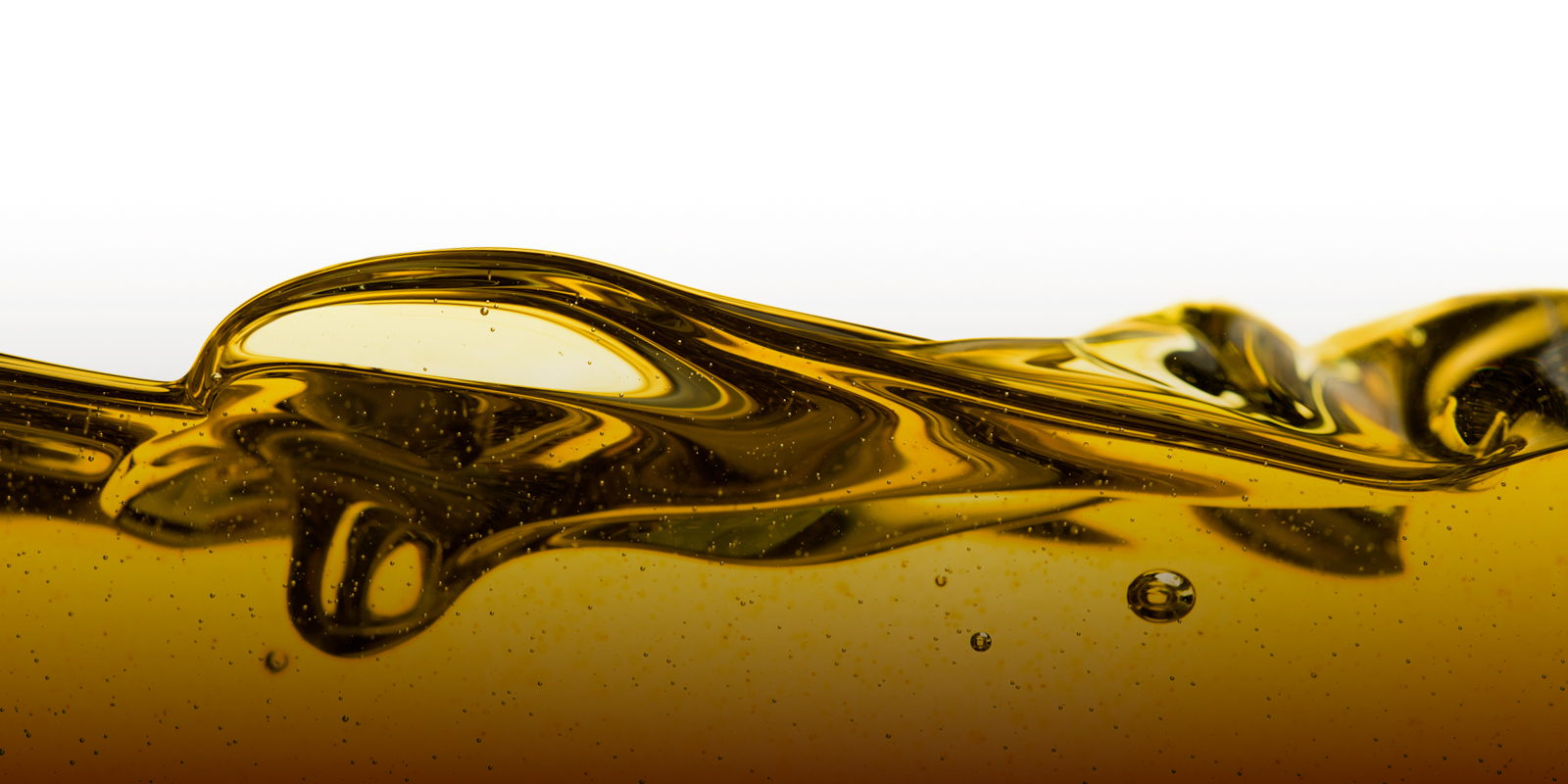
GP-1 Conventional 80W-90 GL-5 Gear Oil is a conventional limited-slip gear oil for use as recommended by high performance gear and differential manufacturers. Designed for racing and high-performance differentials and transaxles, it’s formulated from USA made Pennsylvania Grade base oils that provide natural film strength, tack, and tenacious cling without relying on polymers that shear causing viscosity loss.
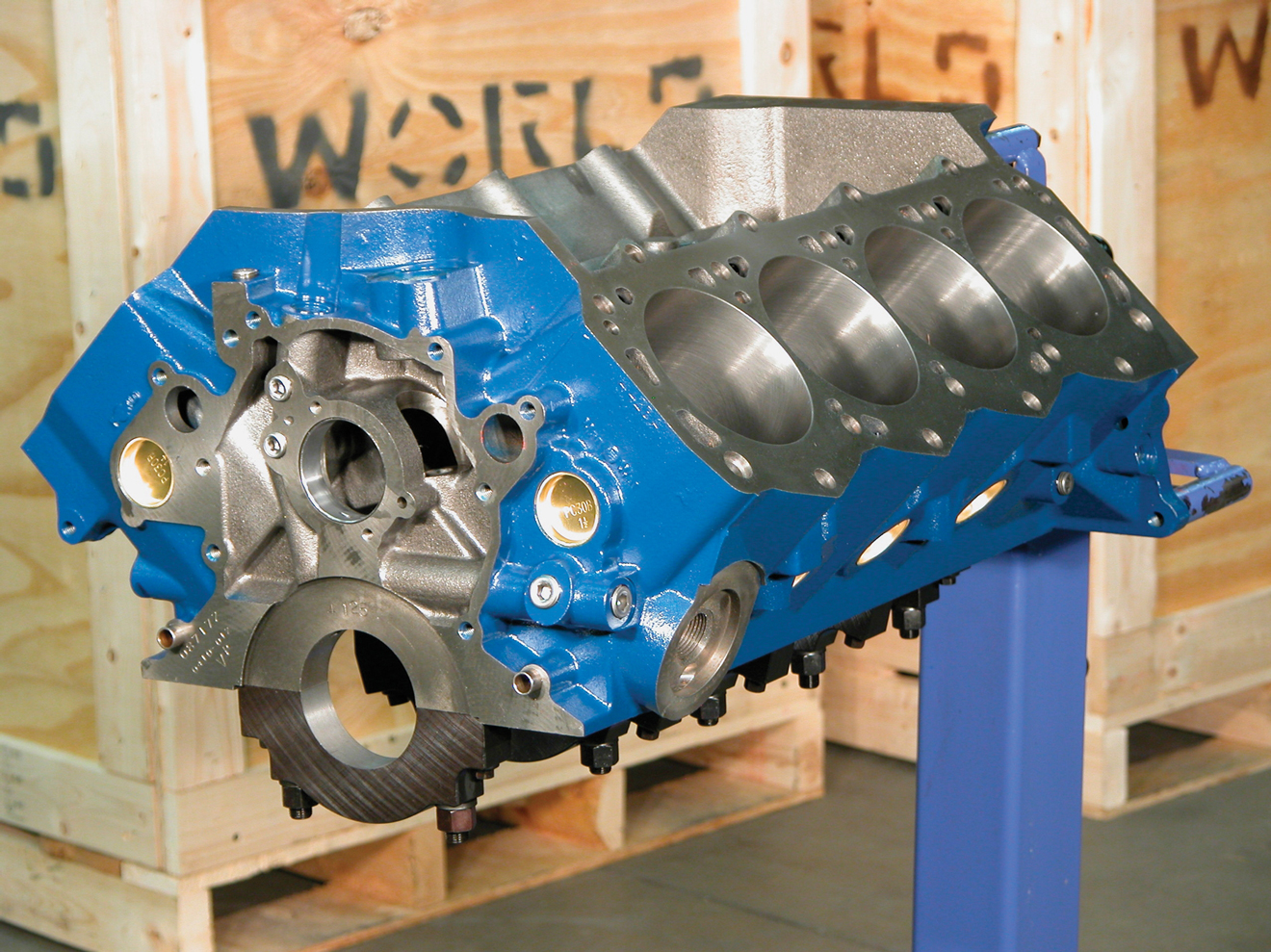
While the small-block Chevy is the popular engine choice for many enthusiasts, many are now relying on a Blue Oval heart for their performance bodies. With its link to Ford, the original body manufacturer for many of the classic cars we see today, the small-block Windsor-style Ford engine offers several advantages. When compared to Chevy, the lack of firewall clearance for a number of Chevy engine swaps is due to the rear distributor position of the engine. The front-mount distributor position is the more logical place to drive the distributor and the oil pump. Not to mention, it’s much more convenient.












